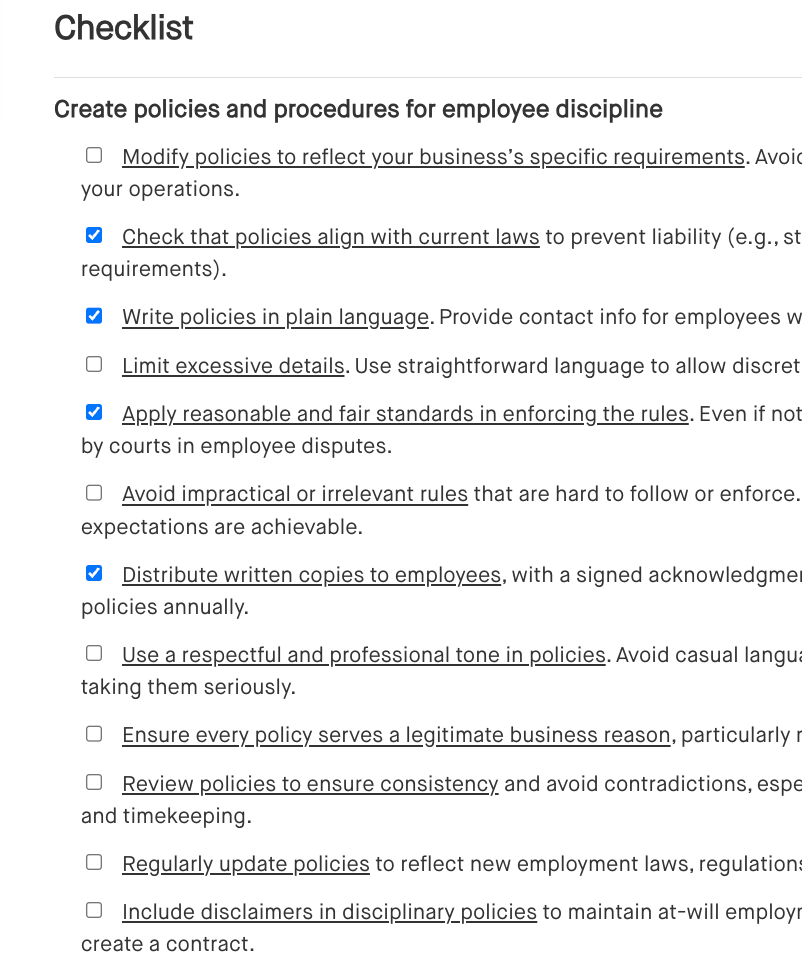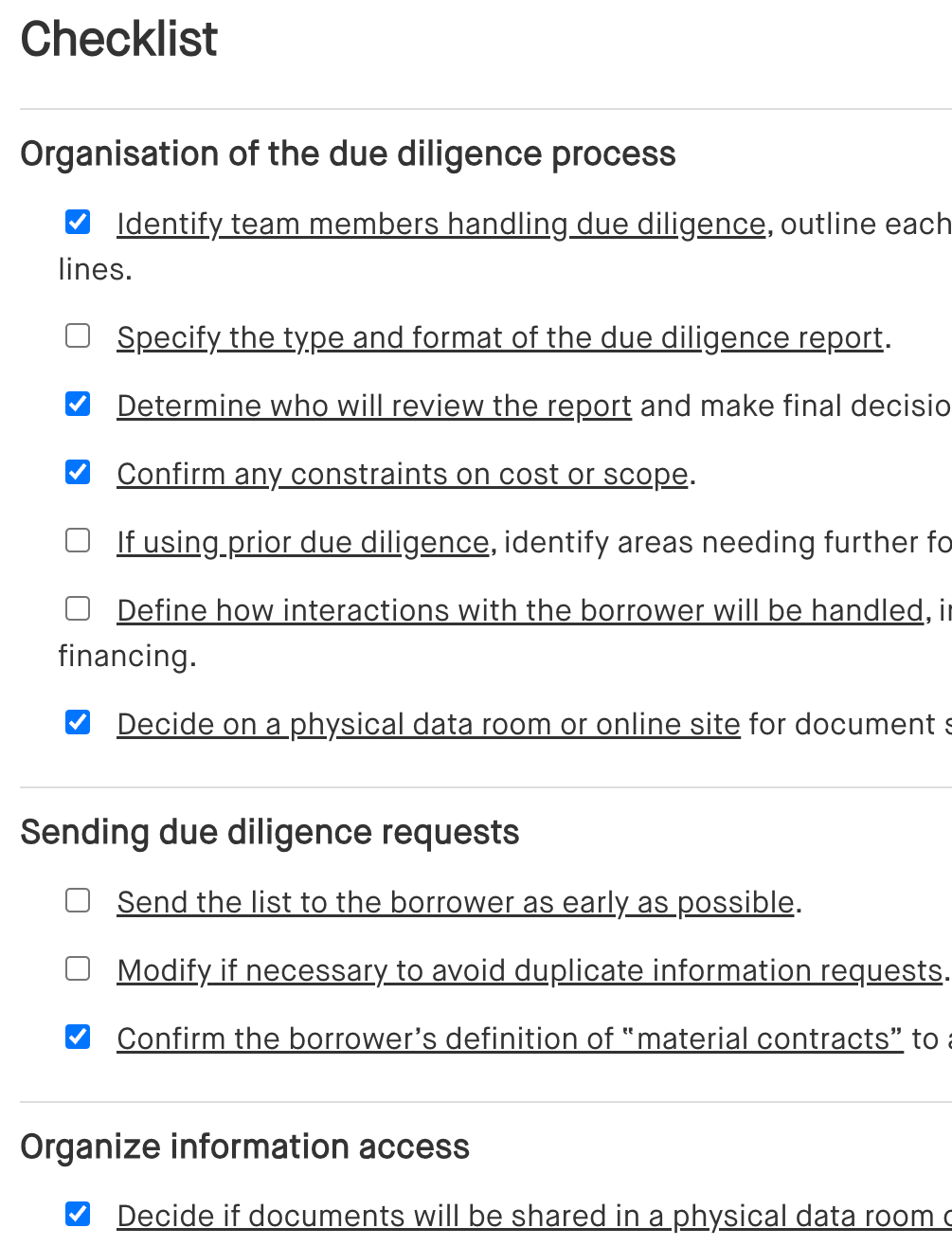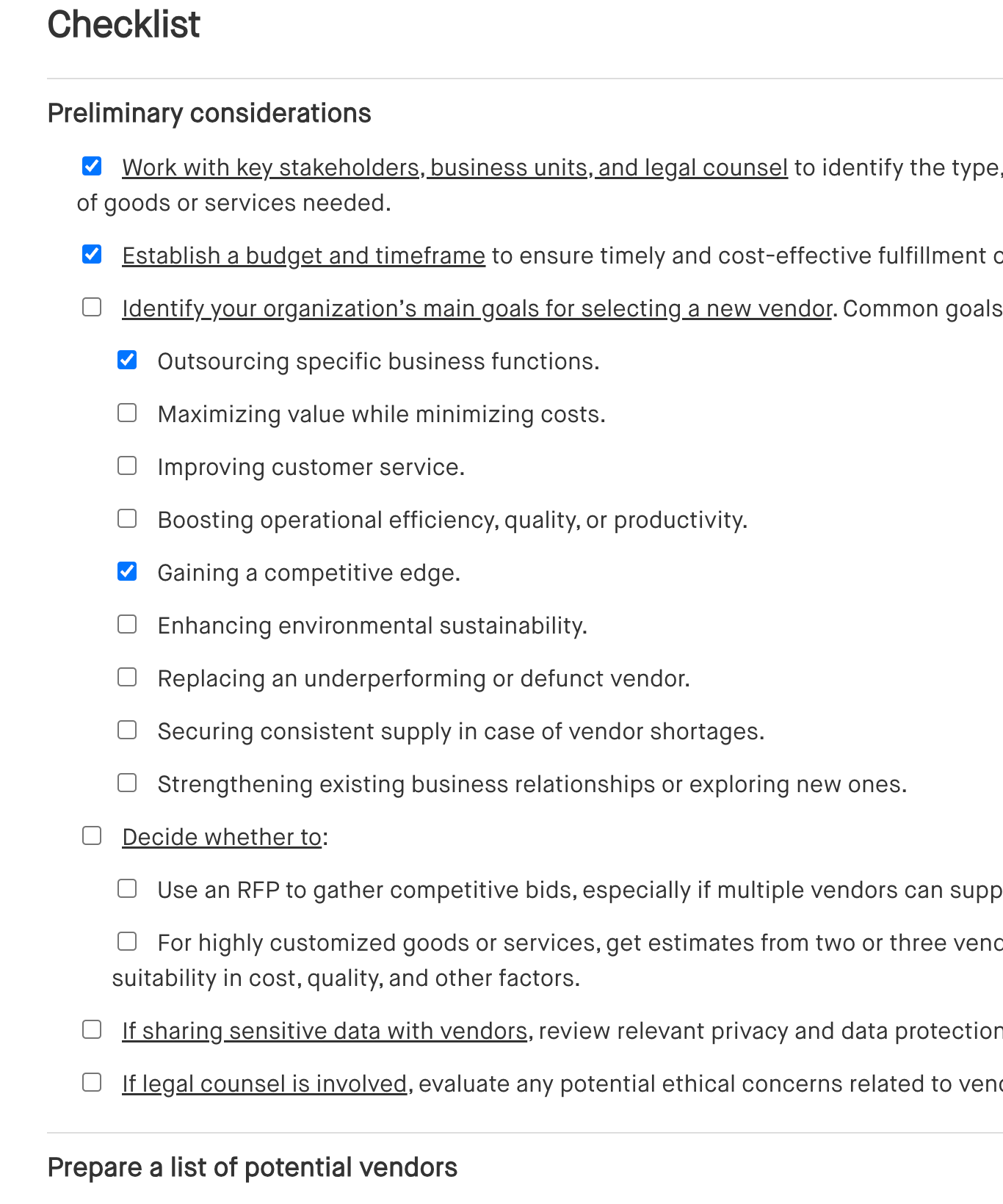Consumer product recall: Free checklist
Consumer product recall checklist
When a product is found to be defective, handling a recall properly is crucial to protect your customers and your business. This consumer product recall checklist helps guide you through each step, from identifying a potential issue to managing the recall process and improving your future products.
With clear planning and the right response, you can reduce risks, maintain consumer trust, and ensure compliance with safety regulations. Use this checklist to stay prepared and act quickly if a recall becomes necessary.
How to use this consumer product recall checklist
This consumer product recall checklist is designed to guide you through the steps required to manage a recall effectively. Here’s how to use it.
- Follow the steps in order: Each section of the checklist outlines key actions, from assembling a recall team to conducting the recall and managing post-recall tasks.
- Tailor it to your business: Adapt the checklist based on the type of products you sell and the markets you operate in. Some sections may require more emphasis, depending on your specific product or industry.
- Keep it updated: Use this checklist as a living document. Review and revise it periodically, especially after conducting a mock recall or when regulations change.
- Assign responsibilities: Ensure your team knows who is responsible for each part of the checklist. Clear roles prevent confusion during a recall and ensure all tasks are completed efficiently.
- Review after each recall: After any recall event, revisit the checklist to assess what worked well and what needs improvement. Use this information to update your corrective action plan (CAP) for future recalls.
Checklist
Benefits of using a consumer product recall checklist
Using a consumer product recall checklist ensures your recall process is smooth, effective, and compliant. Here’s how it helps.
- Stay organized: The checklist provides a step-by-step guide to follow, ensuring nothing is overlooked. This makes it easier to manage the recall process from start to finish.
- Minimize legal risks: By adhering to the checklist, you’ll comply with regulatory requirements like those from the Consumer Product Safety Commission (CPSC). This reduces the risk of fines or legal issues.
- Protect your brand: A well-managed recall shows customers you care about their safety, helping to maintain trust in your brand even during a crisis.
- Improve response time: With the checklist, your recall team is better prepared, allowing you to act quickly when a product issue arises, reducing the potential harm to consumers.
- Strengthen internal processes: Regularly using and updating the checklist helps you spot weak points in your recall strategy and correct them, making future recalls more efficient.
Frequently asked questions (FAQs)
Q: Do I need a consumer product recall checklist even if I’ve never had a recall?
A: Yes, having a checklist in place ensures you are prepared for any potential product issues. It’s better to be proactive, so if a problem arises, you can respond swiftly and correctly.
Q: How often should I update my recall checklist?
A: It’s recommended to review and update the checklist regularly, especially after mock recalls, regulation updates, or any changes to your product lines.
Q: What’s the most important step in the recall process?
A: The most critical step is assembling a dedicated recall response team and developing a Corrective Action Plan (CAP). These ensure you’re organized and ready to handle the recall effectively.
Q: Do I need to notify the CPSC for all product defects?
A: Not all defects require a recall or CPSC notification. Use the checklist to assess whether the defect poses a public hazard. If it does, reporting to the CPSC may be required.
Q: What should I do if my product is recalled internationally?
A: If your product is sold in multiple countries, you’ll need to follow the recall regulations for each country.
This article contains general legal information and does not contain legal advice. Cobrief is not a law firm or a substitute for an attorney or law firm. The law is complex and changes often. For legal advice, please ask a lawyer.


